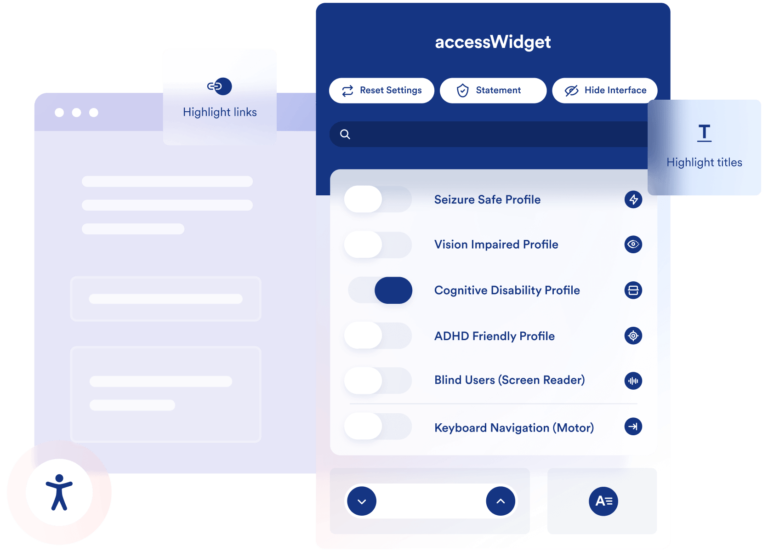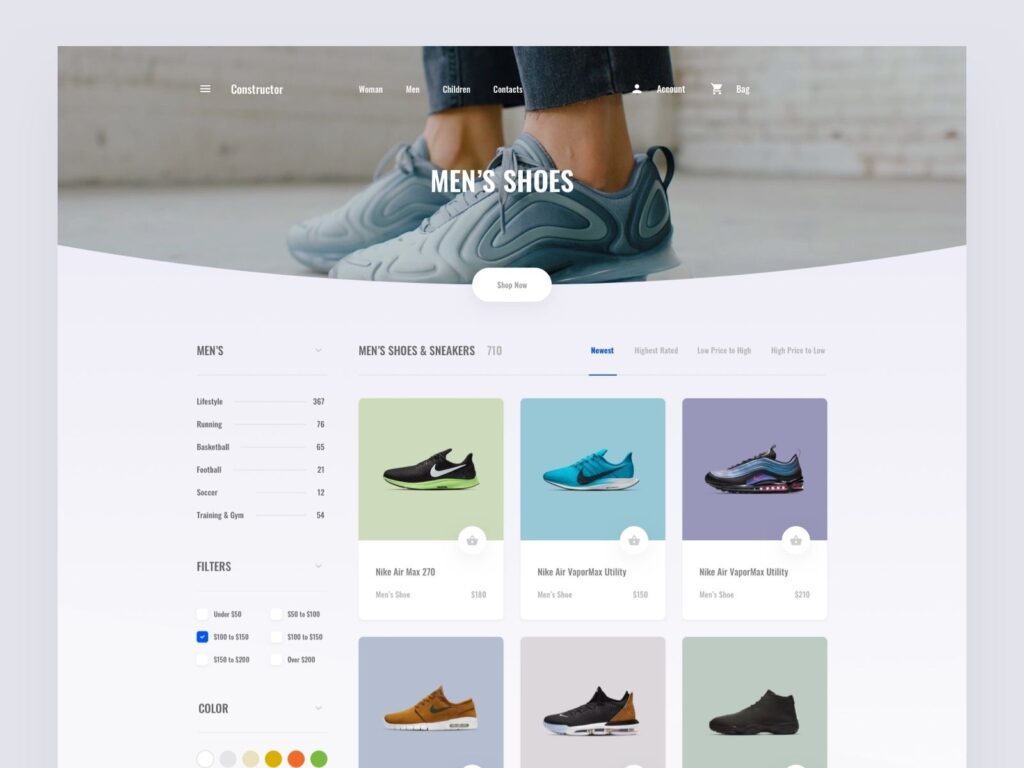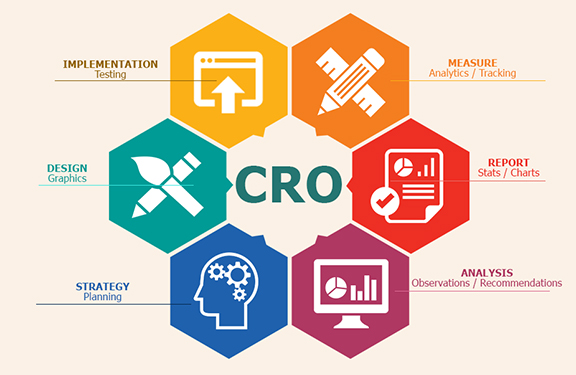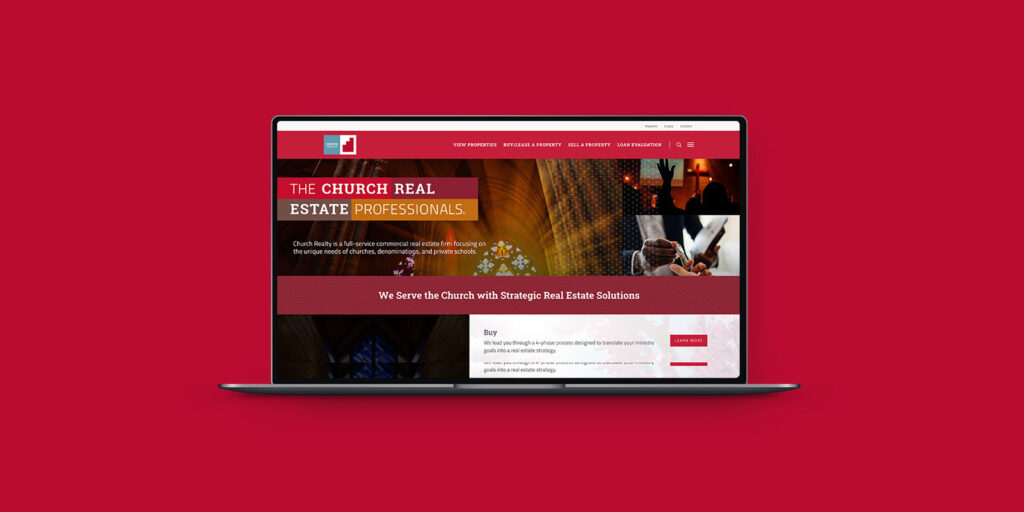In today’s digital landscape, having a fast-loading website is crucial for success. Slow websites not only frustrate users but also negatively impact search engine rankings. This is especially true in Vietnam, where internet speeds may vary, and users expect websites to load quickly. In this article, we will explore effective website speed optimization tips specifically tailored for Vietnam, enabling businesses to enhance their online presence, improve user experience, and drive conversions.
I. Optimize Images for Quick Loading
High-quality images are essential, but they can be optimized for the web without compromising visual appeal. Start by compressing your images using efficient compression algorithms or online tools. This reduces the file size without visibly impacting the image quality.
Another effective approach is to utilize modern image formats like WebP, which offers superior compression capabilities while maintaining high visual quality. Additionally, consider implementing lazy loading for images below the fold, meaning they only load as users scroll down the page.
II. Leverage Content Delivery Networks (CDNs)
Choose a reputable CDN provider with a strong presence in Vietnam to ensure optimal content delivery. A reliable CDN will cache your website’s static resources on servers located near your target audience, resulting in faster loading times.

Implementing CDN caching and utilizing global edge servers will also contribute to a better user experience. Cached content ensures that subsequent requests for the same resources are served quickly, reducing the load on your origin server.
III. Minify CSS, JavaScript, and HTML
To minify your CSS, JavaScript, and HTML files, you can use various online tools or plugins. These tools automatically remove unnecessary characters and consolidate multiple files into a single, streamlined version.
Minification not only reduces file sizes but also improves browser parsing and execution speeds, resulting in faster page rendering.
IV. Optimize Server Response Time
Evaluate different hosting options and choose a provider that offers servers located in Vietnam. This ensures that data transmission occurs quickly and efficiently between your website and the users in Vietnam.

Implement caching mechanisms and content delivery optimizations to reduce server load and enhance response times. Utilize caching plugins and server-side caching solutions to store frequently accessed resources and serve them quickly upon request.
Regularly monitor server response times and optimize server configurations as needed. Continually analyze server performance and make adjustments to ensure optimal speed and responsiveness.
V. Implement Browser Caching
Set appropriate expiration dates for static resources such as images, CSS, and JavaScript files. This instructs the browser to cache these resources locally, reducing the need for repeated requests to the server.
Utilize cache-control headers to enable client-side caching. By specifying cache-control directives, you can control how long specific resources should be cached, maximizing their longevity on the client’s browser.
Take advantage of tools and plugins that simplify the implementation of browser caching, ensuring that the appropriate headers are included in the server’s response.
VI. Prioritize Above-the-Fold Content
Optimize the loading of critical elements that are visible without scrolling, such as the main headline, navigation menu, or call-to-action buttons. By loading these elements first, users can start interacting with your website immediately.

Avoid render-blocking resources that delay the loading of above-the-fold content. Identify resources that prevent the browser from rendering content promptly and prioritize their loading or defer their execution until after the initial page rendering.
Implement asynchronous loading for non-essential elements such as analytics scripts or social media widgets. This allows the browser to continue rendering the page while these resources load in the background.
VII. Reduce HTTP Requests
Analyze your website for external scripts and stylesheets that may be slowing down your pages. Minimize or consolidate these files to reduce the number of HTTP requests required to load them.
Combine multiple files into a single file where possible. For example, merging multiple CSS files into one reduces the number of HTTP requests needed for CSS retrieval.
Leverage browser caching to reduce repeat requests for resources that don’t change frequently. Setting appropriate caching headers ensures that these resources are stored locally on the user’s browser, eliminating the need for repeated requests.
VIII. Optimize Website Hosting for Vietnam
Select a hosting provider that offers servers located in Vietnam or in close proximity. This minimizes the physical distance between the server and users, reducing latency and improving loading times.
Ensure that your hosting plan provides sufficient server resources to handle traffic spikes and accommodate the expected number of concurrent users. Insufficient resources can lead to slow response times and performance issues.
Regularly monitor and optimize your hosting configurations. Review server logs, analyze performance metrics, and make necessary adjustments to enhance speed and reliability.
In conclusion, improving website speed is crucial for delivering an exceptional user experience and maximizing conversions. In Vietnam’s digital landscape, where internet speeds may vary, optimizing website performance is essential to meet user expectations and gain a competitive edge. By implementing the website speed optimization tips provided in this article, businesses operating in Vietnam can significantly enhance their online presence, improve user satisfaction, and drive higher conversions.
Key Points Summary:
- Optimizing images, leveraging CDNs, and minifying code improve website speed.
- Optimizing server response time and implementing browser caching are essential.
- Prioritizing above-the-fold content and reducing HTTP requests enhance speed.
- Optimize website hosting for Vietnam’s specific needs.
To ensure a smooth and efficient optimization process, don’t hesitate to contact our dedicated Vietnam team for expert support.

































